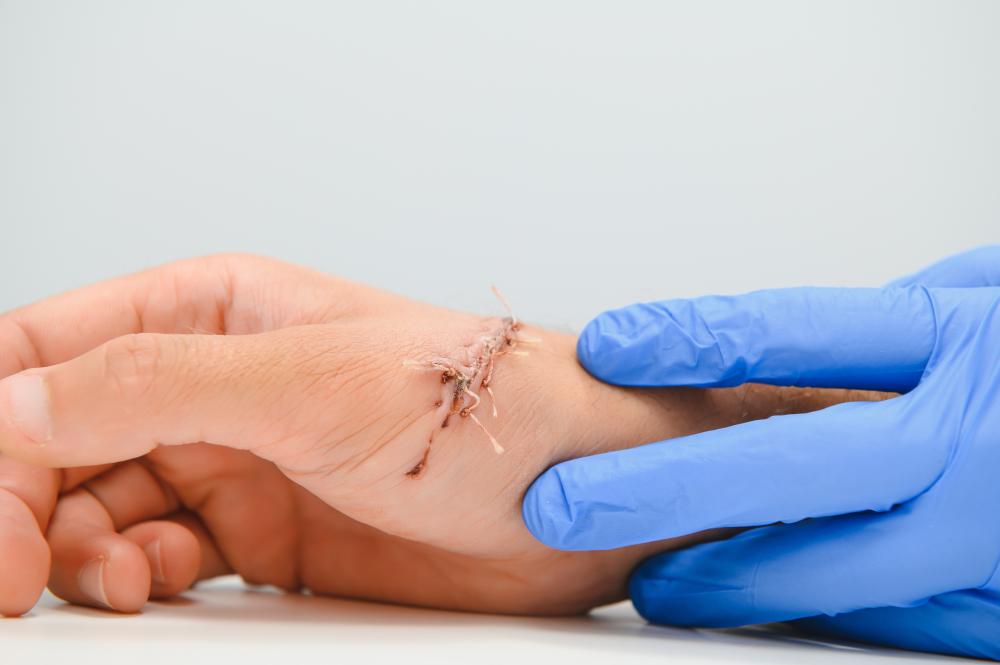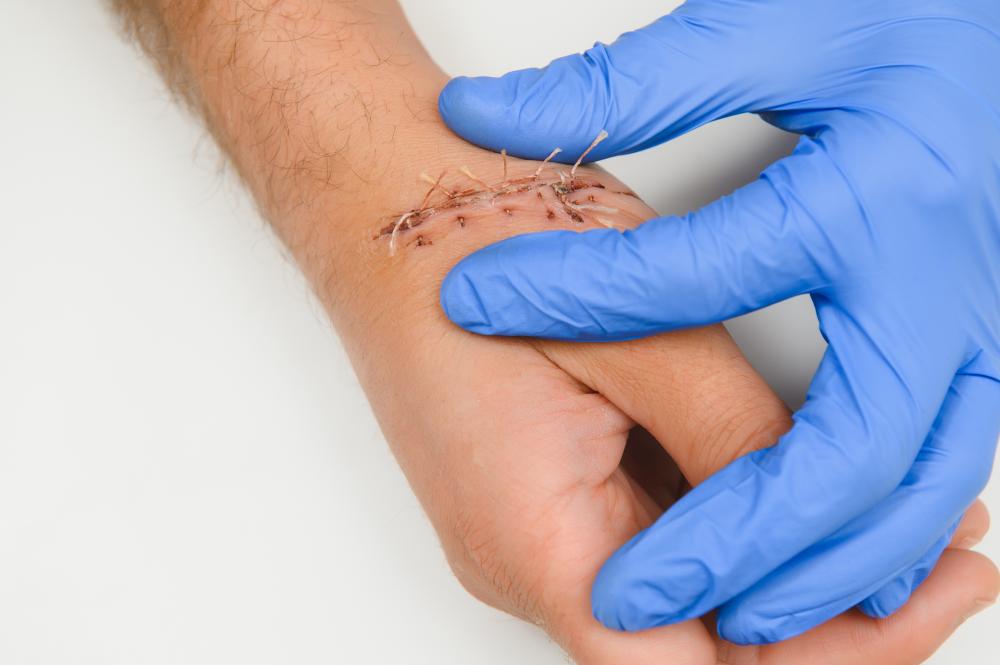
Introduction to Wound Debridement
Wound debridement is a crucial procedure in the care and management of various types of wounds. It involves the removal of dead, damaged, or infected tissue to improve the healing potential of the remaining healthy tissue. At EZDebride, we’re committed to revolutionizing wound care through our innovative debridement instrument. Our goal is to enhance the efficiency, safety, and effectiveness of debriding a wound texas and beyond, ensuring better patient outcomes with less pain and risk.
The Importance of Proper Debridement
Debridement plays a pivotal role in wound management. It’s not just about cleaning the wound; it’s about setting the stage for healing. Dead and infected tissues are a breeding ground for bacteria, which can lead to delayed wound healing or even systemic infections. By removing this tissue, we can promote a healthier wound environment conducive to regeneration and recovery.
Debriding a Wound Texas: The EZDebride Approach
Our disposable debridement instrument is a game-changer for medical practitioners across Texas. Its design ensures precision and safety, allowing for thorough biofilm removal without causing undue harm to healthy surrounding tissues. This contributes significantly to reduced patient pain and faster healing times.
In Texas, where the diversity of healthcare settings ranges from high-volume urban hospitals to remote rural clinics, our instrument’s ease of use and efficiency make it an indispensable tool for a variety of healthcare professionals.
Comprehensive Training and Education
Understanding the nuances of wound debridement is essential for effective wound care. That’s why we offer concise training courses designed to empower operators, executives, and distributors with the knowledge and skills needed to use our instrument effectively. Hands-on demonstrations ensure that participants leave with a clear understanding of how to optimize wound care procedures.
Benefits for Healthcare Professionals
For Operators
Efficiency in the operating room is paramount. Our debridement instrument not only boosts operating room turnover but also minimizes bleeding complications. This translates to significant savings in both time and resources, allowing healthcare facilities to serve more patients with optimal outcomes.
For Executives
In the competitive landscape of healthcare, executives are constantly looking for ways to improve efficiency and patient care while reducing costs. Our innovative tool meets these needs by decreasing room turnover time and enabling a wider team involvement in wound care, ultimately contributing to better patient outcomes and satisfaction.
For Distributors
- Innovative tool for biofilm and non-viable tissue removal
- Economic viability with reimbursement codes
- Minimal training required, catering to various practitioner skill levels
Unique Design Features of Our Instrument
Our debridement instrument is designed with the user in mind. Features such as cutting flutes, a flexible neck, a counter-balanced head, and an easy-to-grip handle ensure both comfort for the practitioner and precision in the debridement process. This level of thoughtfulness in design places our instrument at the forefront of wound care technology.
Debriding a Wound Texas: A Patient’s Perspective
For patients in Texas undergoing wound debridement, the experience can be daunting. However, our instrument’s precision and efficiency significantly reduce pain and discomfort, making the procedure more bearable. This, coupled with faster healing times, greatly enhances patient satisfaction and overall quality of life during the recovery process.
Conclusion
At EZDebride, we’re not just about selling a product; we’re about improving lives through better wound care. Debriding a wound texas should not be a painful and inefficient process. With our innovative instrument, healthcare professionals can achieve optimal debridement outcomes, reducing patient pain and fostering faster healing. We are committed to being part of the solution in advancing wound care practices, and we invite healthcare providers, executives, and distributors to join us in this endeavor. For more information or to request a demonstration, don’t hesitate to reach out.
Contact Information
For those interested in learning more about our debridement instrument or for a clinician visit and demonstration, please contact us at (888) 844-7515. We’re here to support you in delivering exceptional wound care to your patients.

How much does it cost to debride a wound?
The cost of wound debridement can vary widely depending on several factors such as the size and severity of the wound, the setting in which the procedure is performed (e.g., hospital vs. outpatient clinic), and the geographic location. In general, debridement costs can range from a couple hundred to several thousand dollars. One unique aspect of using EZDebride is that our instrument is designed to be cost-effective, not only in terms of the initial purchase price but also by reducing the need for additional treatments and speeding up the healing process. This approach can lead to significant overall savings for both healthcare providers and patients.
What are the 4 types of wound debridement?
Wound debridement can be classified into four main types: autolytic, enzymatic, surgical, and mechanical. Autolytic debridement uses the body’s own enzymes and moisture to soften and dissolve dead tissue. Enzymatic debridement involves applying a topical preparation of collagenase or other enzymes to selectively digest necrotic tissue. Surgical debridement is the fastest method and involves using instruments like scalpels or our EZDebride instrument to remove dead tissue. Lastly, mechanical debridement uses physical force to remove debris, which can be as simple as irrigation with a saline solution or as involved as using specialized dressings. Each type has its own indications and contraindications, and the choice depends on the specific wound characteristics and patient needs.
When should you not debride a wound?
Debridement should be approached with caution in certain situations. For instance, wounds with stable, dry eschar on the heels often do not require debridement, as the eschar can serve as a natural biological cover. Additionally, in patients with poor peripheral blood supply (e.g., arterial insufficiency), aggressive debridement may lead to further complications. It’s essential to conduct a thorough assessment of both the wound and the patient’s overall health status. In cases where debridement might pose a risk, alternative wound management strategies should be considered. At EZDebride, we emphasize the importance of education and training to ensure our instrument is used appropriately, optimizing patient safety and outcomes.
How much does a surgical wound debridement cost?
Surgical wound debridement, being one of the most effective methods for removing non-viable tissue quickly, can also be one of the costlier options, especially if performed in an operating room setting. The cost can range from several hundred to a few thousand dollars, influenced by factors like the complexity of the wound, anesthesia requirements, and facility fees. However, using EZDebride can significantly reduce these costs. By designing our instrument for use in various settings including outpatient clinics, we are able to offer a more economical option for surgical-quality debridement without the need for an operating room, thus making this essential procedure accessible to more patients.
What makes the EZDebride instrument unique in the field of wound care?
Our EZDebride instrument stands out in the crowded field of wound care for several reasons. Its design emphasizes both precision and safety, allowing for effective removal of biofilm and non-viable tissue without harming surrounding healthy tissue. This precision not only facilitates faster healing but also significantly reduces patient discomfort. Additionally, EZDebride’s disposable nature and minimal training requirement make it an ideal choice for a wide range of healthcare settings, from bustling urban hospitals to remote rural clinics. The economic viability, combined with potential reimbursement opportunities, further enhances its appeal to healthcare professionals looking to optimize patient care while managing costs effectively. Our commitment to revolutionizing wound care through innovation is what drives us to continuously improve and adapt our solutions to meet the evolving needs of patients and providers alike.
Resources
- Centers for Disease Control and Prevention (CDC) – The CDC provides valuable information on wound care and infection prevention.
- Wound, Ostomy, and Continence Nurses Society (WOCN) – WOCN offers resources and education for wound care professionals.
- American Nurses Association (ANA) – ANA provides resources for nurses involved in wound care practices.
